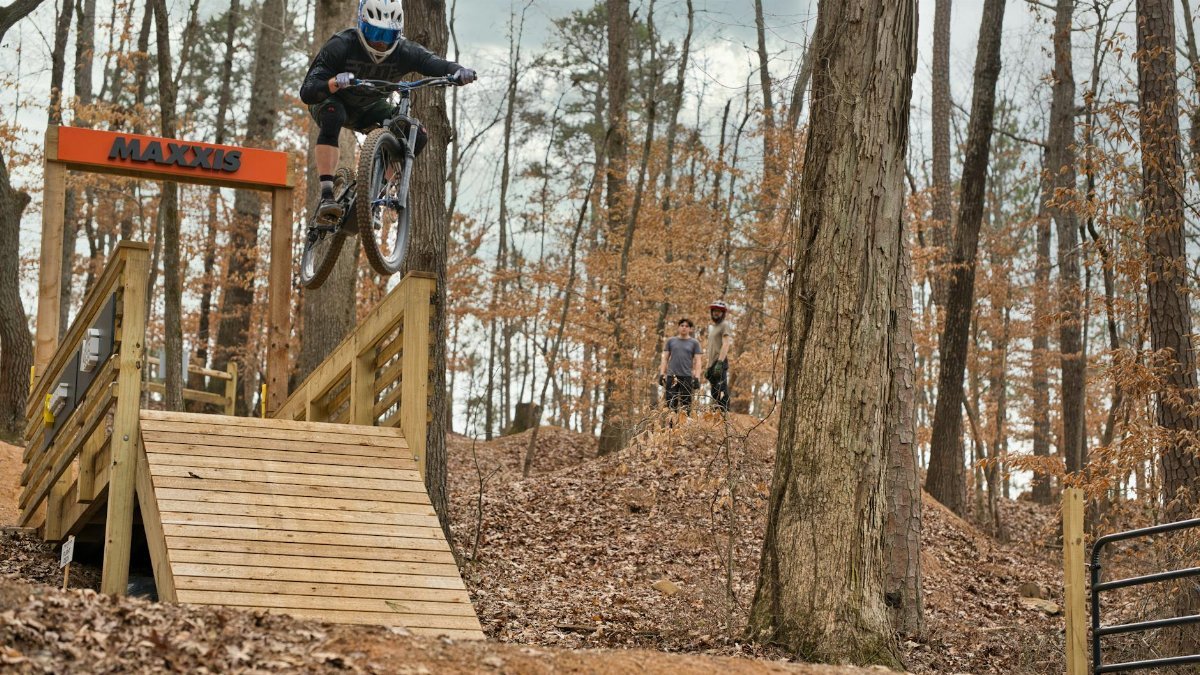Imagine standing at the base of a rugged trail, the air crisp with the scent of pine, as a group of amateur climbers prepares for an ascent. Among them, a subtle experiment unfolds: they’re not just hiking, but practicing a guided walking meditation, their steps synchronized with breath, their focus on the present. A recent field study captured something remarkable in this setting—data showing that this mindful approach, dubbed “mountain meditate data” by researchers, significantly lowers heart rates during the climb. It’s a finding that hints at a deeper connection between movement, mindfulness, and physiology. For middle-aged Americans juggling stress and seeking accessible ways to reconnect with nature, this could be more than a trend. It’s a quiet invitation to rethink how we move through the world, one deliberate step at a time.
The Study That Started It All

A team of researchers from the University of Colorado Boulder set out to explore how mindfulness during physical activity impacts the body. Their focus? Amateur climbers, many in their 40s and 50s, navigating moderate mountain trails. Over the course of several guided hikes in the Rockies, participants alternated between regular walking and a structured walking meditation—slow, intentional steps paired with focused breathing. The results were striking. Heart rates, measured via wearable monitors, dropped an average of 8-12 beats per minute during meditative segments compared to standard hiking. This wasn’t just a fluke; the consistency across the group suggested something tangible. The study, detailed in a report from the university’s kinesiology department, offers a glimpse into how the mind can temper the body’s stress response even amid exertion. For many, it’s a reminder that exercise doesn’t always have to mean pushing harder. Sometimes, slowing down is the real power. ( University of Colorado Research )
Why Heart Rate Matters

Heart rate isn’t just a number on a fitness tracker. It’s a window into how the body handles stress, both physical and mental. When climbing a steep incline, a racing pulse signals the cardiovascular system working overtime. But the mountain meditate data from the Colorado study shows that mindfulness can act as a brake, easing that strain. Experts from the American Heart Association note that sustained high heart rates during activity can increase risks over time, especially for those with sedentary lifestyles dipping into outdoor pursuits. Lowering that rate, even by a small margin, could mean less wear on the heart. For middle-aged hikers, often balancing desk jobs with weekend adventures, this isn’t trivial. It’s a practical edge—less fatigue, more endurance, maybe even a longer lifespan. ( American Heart Association )
The Mechanics of Mindful Walking

How does it work? Picture a climber on a rocky path, not rushing to the summit but pausing with each step. They inhale for four counts, feeling the ground beneath their boots, then exhale for four more as they move forward. This isn’t random; it’s a deliberate rhythm, often guided by an instructor or app. The Colorado study paired such techniques with mountain terrain, where uneven ground naturally demands focus. Researchers found that this dual attention—on breath and footing—shifts the brain away from stress loops. A separate analysis from the National Institutes of Health supports this, suggesting mindfulness practices reduce cortisol levels, a stress hormone tied to elevated heart rate. For amateurs, it’s less about mastering meditation and more about grounding themselves in the moment. The data backs it up: presence pays off. ( National Institutes of Health )
Real Voices, Real Impact

Not everyone in the study was a convert at first. One participant, a 52-year-old office manager from Denver, admitted initial skepticism. “I thought it’d be a waste of time, slowing down when I just wanted to get to the top,” they shared during a post-hike interview. But halfway up, something shifted. Focusing on each step, they noticed their breathing steadied, their usual mid-climb exhaustion didn’t kick in. By the end, their heart rate data showed a noticeable dip compared to previous hikes. Stories like this aren’t just feel-good anecdotes. They reflect a broader pattern in the mountain meditate data—mindfulness isn’t reserved for yogis or monks. It’s accessible to anyone willing to try, even on a weekend hike. For many Americans in 2025, seeking small ways to manage stress, this could be a game-changer without requiring a gym membership or pricey retreat.
Challenges on the Trail

Of course, it’s not all smooth ascents. Walking meditation on a mountain isn’t like strolling through a park. Uneven trails, sudden inclines, even distracting wildlife can pull focus. Some participants in the study struggled to maintain the rhythm of breath and step when faced with a steep switchback or a chatty hiking buddy. Others found their minds wandering to work emails or family worries, defeating the purpose. The data reflected this too—heart rate reductions were less pronounced in those who couldn’t sustain focus. It’s a reminder that mindfulness takes practice, especially in nature’s unpredictable arena. For middle-aged climbers, already juggling full plates, carving out mental space on a trail can feel like one more task. Yet, the study suggests even partial engagement yields benefits. Half the battle is just showing up.
Beyond the Heart: Other Benefits

The mountain meditate data doesn’t stop at heart rate. Researchers noted secondary effects—improved mood, better balance, even reduced joint strain from slower, more deliberate movements. A related study from Harvard Medical School ties mindfulness practices to lower inflammation markers, which often spike during intense physical activity. For those in their 40s and 50s, where recovery isn’t as quick as it once was, this could mean less soreness after a hike. Participants also reported a sense of calm that lingered post-trail, a buffer against the daily grind. One described it as “carrying the mountain’s quiet back home.” While the physiological metrics are compelling, these softer impacts matter too. They hint at why mindful hiking might stick as a habit for those who try it. ( Harvard Medical School )
Getting Started Without Overthinking It

Interested but intimidated? That’s common. The good news is, you don’t need to be a seasoned meditator or elite athlete to tap into this. Start small: pick a local trail, nothing too grueling. Set a timer for five minutes during your hike to focus on breathing—inhale as you step with one foot, exhale with the other. Ignore the urge to check your phone or race ahead. Apps like Calm or Headspace offer guided walking meditations if structure helps. The Colorado researchers emphasized consistency over perfection; even a few mindful minutes per hike can shift your body’s response over time. For middle-aged readers, it’s less about transforming into a guru and more about reclaiming a slice of peace. The mountain meditate data shows it’s not just possible—it’s measurable. Next time you lace up your boots, consider what slowing down might reveal.
A Growing Movement in 2025

Look around, and mindful hiking isn’t just a research blip. Across the U.S., from the Appalachians to the Pacific Northwest, outdoor groups are weaving meditation into treks. Community centers in cities like Asheville and Portland report rising interest in guided mindful walks, often targeting older adults seeking low-impact wellness. Online, anonymous posts echo this shift; one person shared feeling “finally unplugged” after trying it during a group hike, a sentiment many relate to in a hyper-connected age. The mountain meditate data aligns with a broader hunger for balance—physical exertion paired with mental reset. As 2025 unfolds, expect more trails to host these hybrid experiences. It’s not a fad but a response to a shared need: to move, to breathe, to be present, all while the heart finds a steadier beat.
